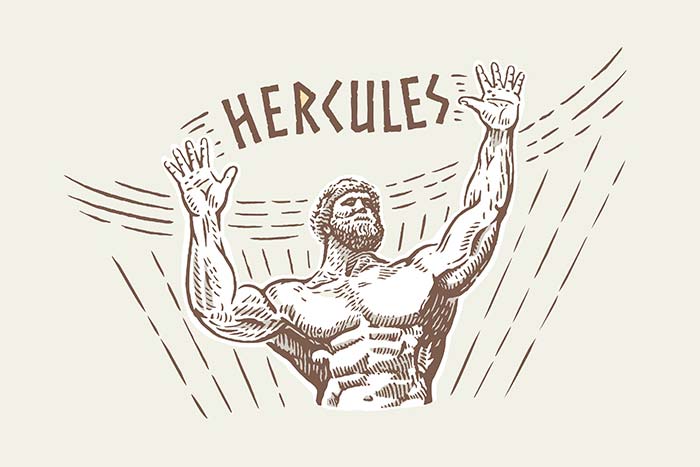Whenever the name "Hercules" pops up, I can’t help but channel my inner Eddie Murphy from The Nutty Professor, exclaiming “Hercules, Hercules!” like Mama Klump, much to the eye-rolling amusement of my kids.
But lately, investors in Hercules Capital (NYSE: HTGC) have every reason to be just as enthusiastic without the eye rolls. Why? They’re happily pocketing a 10% yield.
The question is, will these investors remain as proud of Hercules Capital as Mama Klump is of her son?
Hercules Capital is what’s known as a business development company or BDC. Their role involves extending loans to emerging companies such as:
- Compass Pathways (Nasdaq: CMPS), a biotech company from London focusing on mental health therapies.
- HighRoads, based in Burlington, Massachusetts, which specializes in health benefits management.
- ZeroFox, a Baltimore-based firm dedicated to cybersecurity.
Now, if you throwback to about 18 months ago, looking at Hercules Capital’s dividend safety might have given you pause. The company was shoveling out more in dividends than it was pulling in from its operations—definitely a red flag.
Thankfully, today’s picture is noticeably brighter.
A crucial indicator for any BDC like ours is the net investment income or NII. In simpler terms, it’s the money made from their capital investments, akin to cash flow for any ordinary business that sells goods or services.
For a while, Hercules’ NII was just plodding along without much oomph. That’s history now. The NII has taken a sharp turn upwards and predictions suggest it’s set to climb once again this year.
To illustrate this point, take a look at the chart below showcasing Hercules snowballing growth trajectory.
Last year, Hercules Capital reported $304 million in NII and distributed $274 million in dividends—yielding a 90% payout ratio. Compare that to Wall Street’s forecasts for this year, which anticipate $341 million in NII against $303 million in dividends, taking the payout ratio to about 89%.
For BDCs, the need to distribute 90% or more of their net income in dividends to dodge corporate taxes means a payout ratio of up to 100% really isn’t concerning. Remember, NII and net income aren’t twins. However, given the payout compulsions, BDCs typically exhibit higher payout ratios than other companies.
With Hercules’ payout ratio hovering comfortably around 90%, there’s confidence it can continue its dividend.
Since 2021, the company has bumped up its regular annualized dividend every year. They’ve also dished out a special dividend quarterly since 2020, albeit variable. This special dividend was halved in the first quarter of 2023, sticking at $0.08 per share thereafter.
If we consider only the regular quarterly dividend at $0.40 per share, the stock yields 8.5%. Toss in the $0.08 special dividend and that yield bumps up to a respectable 10.2%.
During Hercules Capital’s third-quarter conference call, management confidently asserted that covering the base $0.40 dividend is within their capability. CEO Scott Bluestein assured, “To the extent that we have excess spillover income, which we continue to have, it is our view and our belief as an organization that we have an obligation to return as much [of] that as we can to our shareholders.”
All in all, Hercules Capital’s regular dividend appears rock-steady. While the special dividend comes with the caveat of variability, it seems safe from immediate threats.
In conclusion, here are my dividend safety ratings: Regular Dividend earns an A, and when combined with the Special Dividend, it garners a B.

Is there another stock’s dividend safety you’re curious about? Drop the ticker in the comments!
You can also dig deeper into past analyses of your favorite stocks. Simply head over to the Wealthy Retirement homepage, click “Search” at the top right, pop in the company name, and hit "Enter."
Remember, Safety Net is equipped to assess only individual stocks, not ETFs, mutual funds, or closed-end funds.















